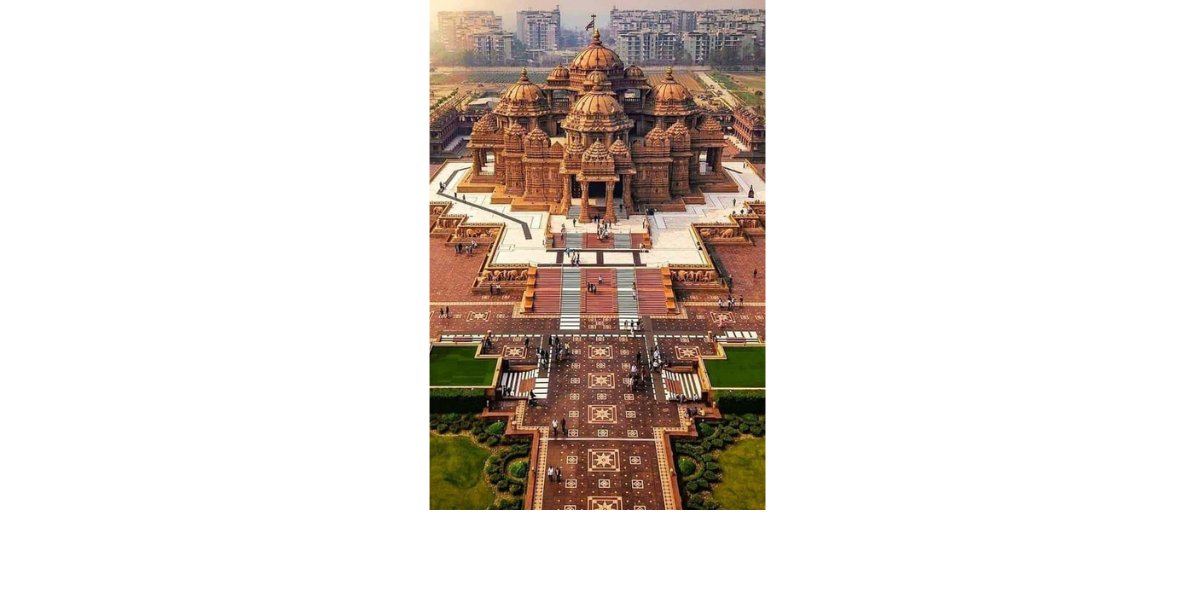According to Amit Shah, the majority group in no other country has waited for such a long time for an issue that is relevant to any of its religious beliefs. This situation has not occurred in any other country. The occurrence of this circumstance has not been seen in any other nation.On Saturday, the Minister of Home Affairs, Amit Shah, issued a statement in which he stated that the verdict that was handed down by the Supreme Court in the case that involved the Ram Temple is a reflection of India’s secular nature to the rest of the world.
This comment was made in reference to the case that involved the Ram Temple.Shah stated that in no other country has the majority group waited for such a long period for an issue that is fundamental to its faith. This statement was made during a debate regarding the construction of the Ram temple in Ayodhya and the consecration ceremony that took place on January 22. This was a reference to the fact that the ritual of consecration, which took place on January 22nd, was actually held.
This declaration was made by him while he was delivering his speech in the Lok Sabha.It has been reported that the minister of the home made a statement in front of the parliament stating that “there were apprehensions that post the Supreme Court verdict there could be unrest.” We would like to thank the Pakistan Telecommunications Institute (PTI) for providing us with this information. On the other side, the nation was experiencing an environment that was welcoming, and as a result, such concerns were absolutely baseless.As an additional point of interest, the minister of the home conveyed his appreciation to the individuals who had been involved in the protracted conflict concerning the matter of the Ram temple.
While delivering his address, Shah mentioned that the fight for the construction of the Ram temple at Ayodhya began in the year 1528, and that the legal battle that was fought for it began in the year 1858. Both of these events occurred in the same year. As an additional point of interest, Shah mentioned that the Ram temple was built in the year 1528. He also indicated that the disagreement in question was resolved on January 22nd, which is in addition to what he mentioned above.
Because it is something that cannot be ignored, the Ram Mandir movement is something that cannot be overlooked by everyone who is interested in reading about the history of this country. Since the year 1528, each and every generation has been a witness to this movement in some way or another. Every single generation over the course of history has witnessed it. The passage of time, which was a crucial issue, did not result in a resolution to this matter. “During the time that the Modi government was in power, it was imperative that this dream be realized,” Shah explained to reporters.
The words made by the minister of the home indicate that individuals who see India without Lord Ram are not familiar with the country, and that their perceptions are reminiscent of the time period in which we were enslaved. Those individuals who are not familiar with India are not acquainted with the homeland.The 22nd of January is the date that marks the beginning of the journey that magnificent India will take; this date symbolizes the beginning of the voyage.
” Maa Bharti, sometimes referred to as mother India, will be able to direct us along the path to becoming Vishwaguru, which literally translates to “global leader.” Now is the time for her to take advantage of this opportunity. Shah made the following statement: “It was a day that marked the hopes, aspirations, and accomplishments of crores of devotees,” he said, adding that the Ram mandir is a harbinger of cultural regeneration, as reported by the Press Trust of India (PTI). Both of these assertions were made with the Ram mandir in mind for their respective contexts.
An alternate five-acre plot will be found for a mosque in the holy town in Uttar Pradesh, according to a decision that was made on November 9, 2019, by a five-judge bench led by Ranjan Gogoi, who was serving as the Chief Justice of India at the time. The adoption of this judgment not only set the path for the construction of the temple, but it also made it possible for the construction of the temple to get underway. As a result of this decision, which was made in order to put an end to the issue, an argument that had been going on for more than a century was finally ended.










